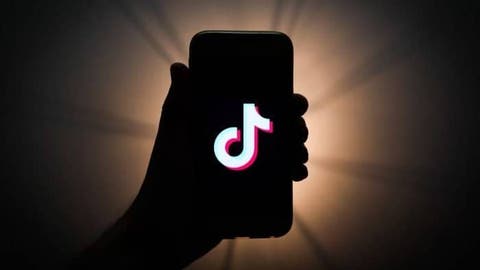TikTok, the platform of short mobile videos, has recently announced that it will restrict the playback of high definition (HD) content in the app for the next 30 days in order to relieve the network infrastructure in Europe. The measure has already entered into force.
So, TikTok has followed the major video streaming providers, including Facebook their main competitor, which also already did this step with its platform alongside Instagram.
TikTok: HD streaming suspended for 30 days
While we want our platform to be a place where our community can create, share and enjoy video content, we do not want any increased level of usage to add further pressure on overall network infrastructure and capacity. With this in mind, we have made a voluntary decision to prevent our users in Europe from being able to watch content in high definition for the next 30 days.
Users will still be able to create and share videos as normal and for our community, this decision will not have any material impact on the quality of their TikTok experience. This adjustment does allow us to play a very small role in reducing some of the pressure on the infrastructure that is so critical to people’s everyday lives. In line with our industry peers, this is a voluntary decision with immediate effect, and we’ll continue to work closely with network operators regarding any related decisions in the future.
Due to the coronavirus crisis, the EU had approached various streaming providers last week to ensure the stability of European networks by reducing transmission rates. YouTube, Netflix, Apple and Disney also followed this demand.
It is worth mentioning that according to the last reports, TikTok surpassed WhatsApp as the world’s most downloaded mobile app in January. The figure represents a massive 46% increase over the same period last year. It also shows a 27% increase when compared to the total downloads in December 2019. The stat reveals the top three markets for TikTok downloads during this period are India, Brazil and the United States. Thus, the figure could even be higher as it doesn’t include downloads in third-party Android platforms in China and other regions.
Follow Gizchina.com on Google News for news and updates in the technology sector.
